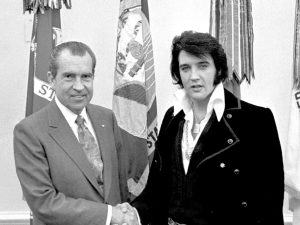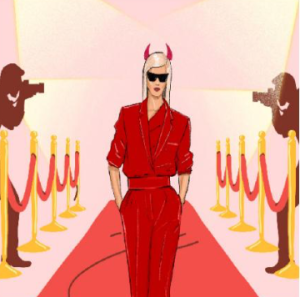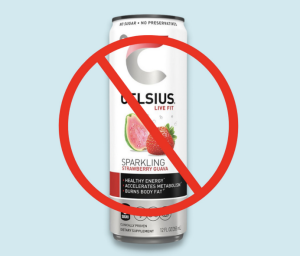Controversial art of Vermont Law and Graduate School
March 8, 2023
Vermont Law and Graduate School is under pressure to address murals around campus that depict the brutality of enslavement.
The paintings have raised concerns in the past few years with students and administration, who argue that the paintings are offensive.
Sam Kerson, the white artist who created the murals, is fighting to keep them up.
In 1993, Kerson was commissioned by VLGS to spend three months painting the two 8-foot-by-24-foot murals.
The works of art, titled “Slavery” and “Liberation,” illustrate slavery and important civil rights leaders, like Harriet Tubman.
After the state court allowed the law school to cover up the mural in 2021, Kerson appealed the action, arguing that it goes against the Visual Artists Rights Act of 1990.
The law, also known as VARA, works to defend the rights of the author of a work of visual art, including the right to prevent any destruction, distortion, mutilation or other modification of that work which would harm his or her reputation or honor.
The school, with the backing of the American Civil Liberties Union, suggests they have the right to remove art on campus when history has passed it by.
Since then, VLGS has placed a series of white panels directly in front of the murals, which would block view of the mural without directly violating VARA and led Kerson to file the initial lawsuit.
Mark Huddle, a GC history professor and expert on African-American history and popular culture, spoke about the situation.
“I sympathize — to a degree — with Sam Kirson, the artist,” Huddle said. “Certainly, his intent when he created the work of art was not to necessarily offend,” Huddle said. “He believes that this is a difficult history, and if it makes people uncomfortable, then that’s a good thing.”
Community members felt uncomfortable with the brutal images in the art, which depicted people in Africa, the slave market, slave labor and insurrections.
“We want to remember the past,” Huddle said. “We want to be honest about the past, and we want to acknowledge the ugly truths of the Black experience in America, so we are going to depict the institution of slavery in a very kind-of-brutal way — just at least in the eyes and minds of the sun.”
Michelle Garris, a freshman nursing major, gave her thoughts on the situation.
“It can be very controversial but also brings awareness to what used to happen,” Garris said.
Kerson has received criticism for depicting the issues of slavery as a white artist.
“As a white person, it’s not a person’s history to tell, so he doesn’t have any kind of proprietary and control over the African-American past,” Huddle said.
Shirley Jefferson, vice president of community engagement and government relations and associate professor of law at VLGS, initially showed no interest in objections to the mural.
Jefferson altered her opinion and began supporting the student’s disapproval after the reactions to the murder of George Floyd in 2020.
“We are in the era of George Floyd, and it is a particularly fraught period to engage American race relations, and you have to recognize that and accept it,” Huddle said. “Times have changed.”
An anonymous GC student explained their thoughts on the reactions to the campus murals.
“I’m one of those people that’s a firm believer that everybody’s perspective and views are valid because everyone is their own person,” the student said.
Since the 2015 Charleston church shooting, protesters across the country have fought for the removal of Confederate monuments and memorials.
Debates have arisen to discuss whether these decisions are erasing history or represent disrespect, similar to the arguments toward the murals.
“The intent of the Confederate monuments was to intimidate — not to commemorate, but to intimidate — the Black community,” Huddle said. “I think the intent of the painting was very different, but that doesn’t change the fact that, in both cases, times have changed.”
With the discussion surrounding race relations in the country becoming more and more prominent, many situations similar to the events in Vermont are garnering controversy.
“This is a phenomenon that we’re going to, as a society, have to confront at some point because there is a heightened awareness and sensitivity to these kinds of issues,” Huddle said. “As times have changed, those consequences have changed.”






